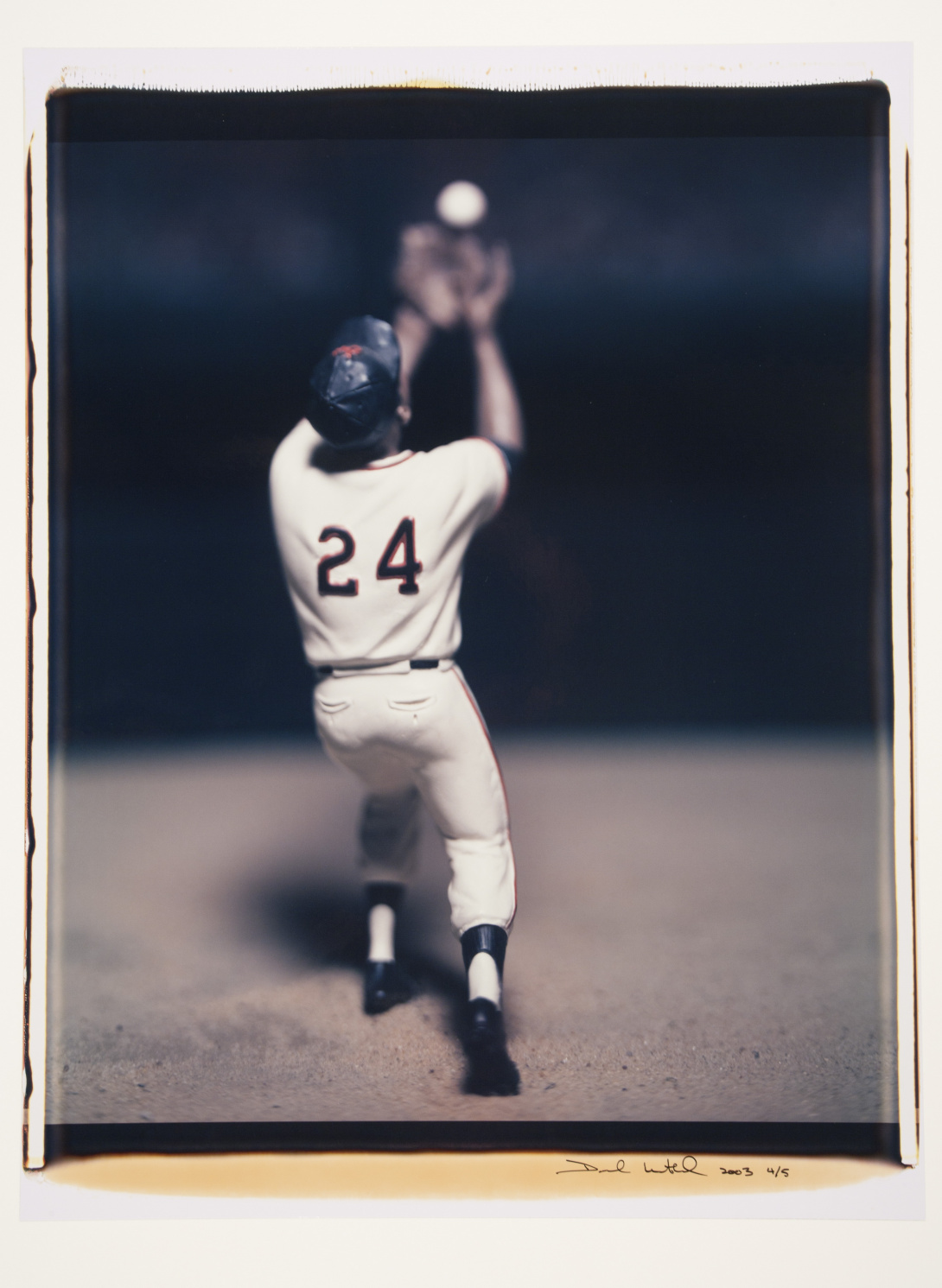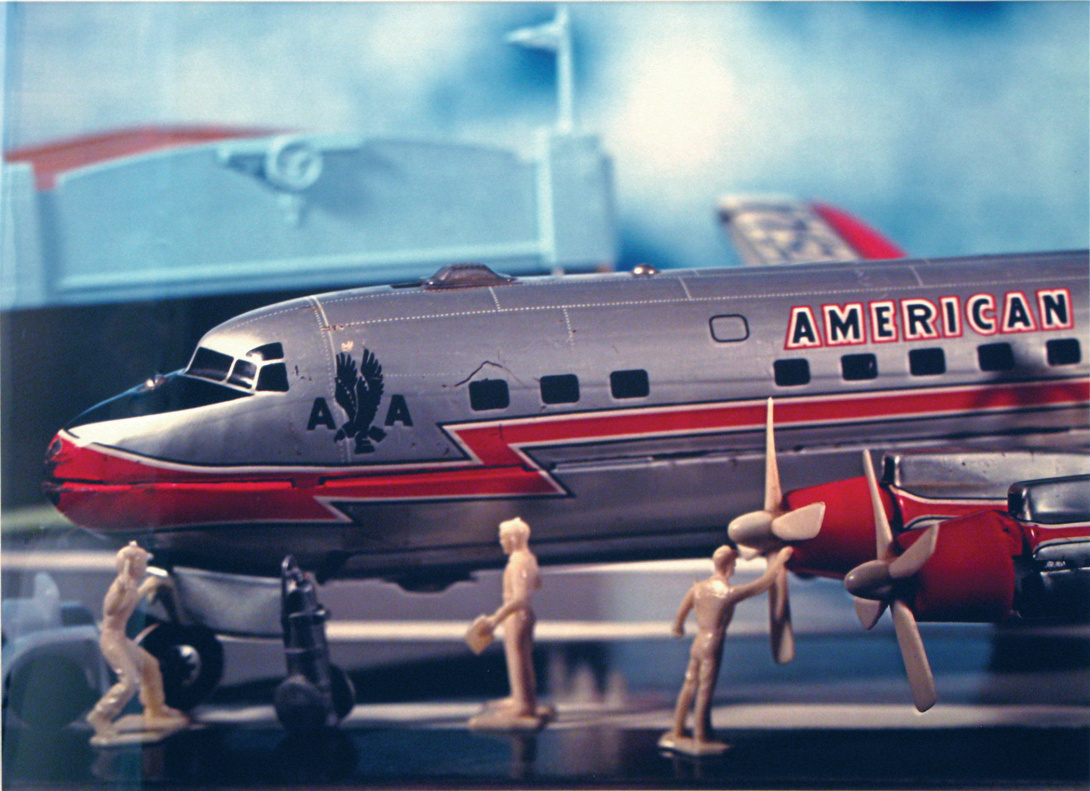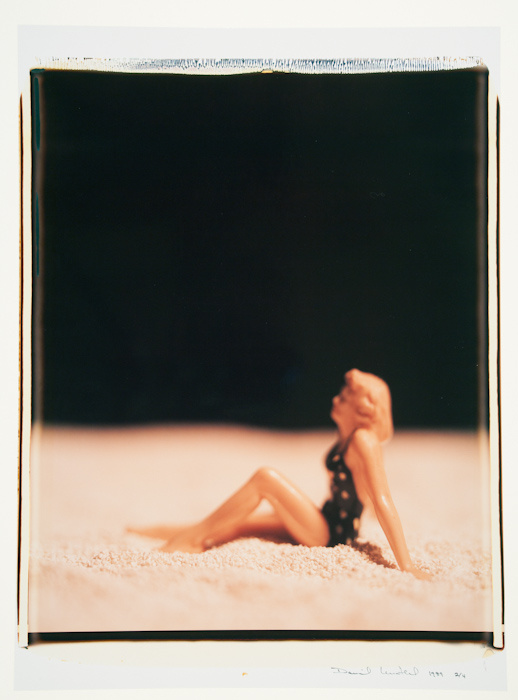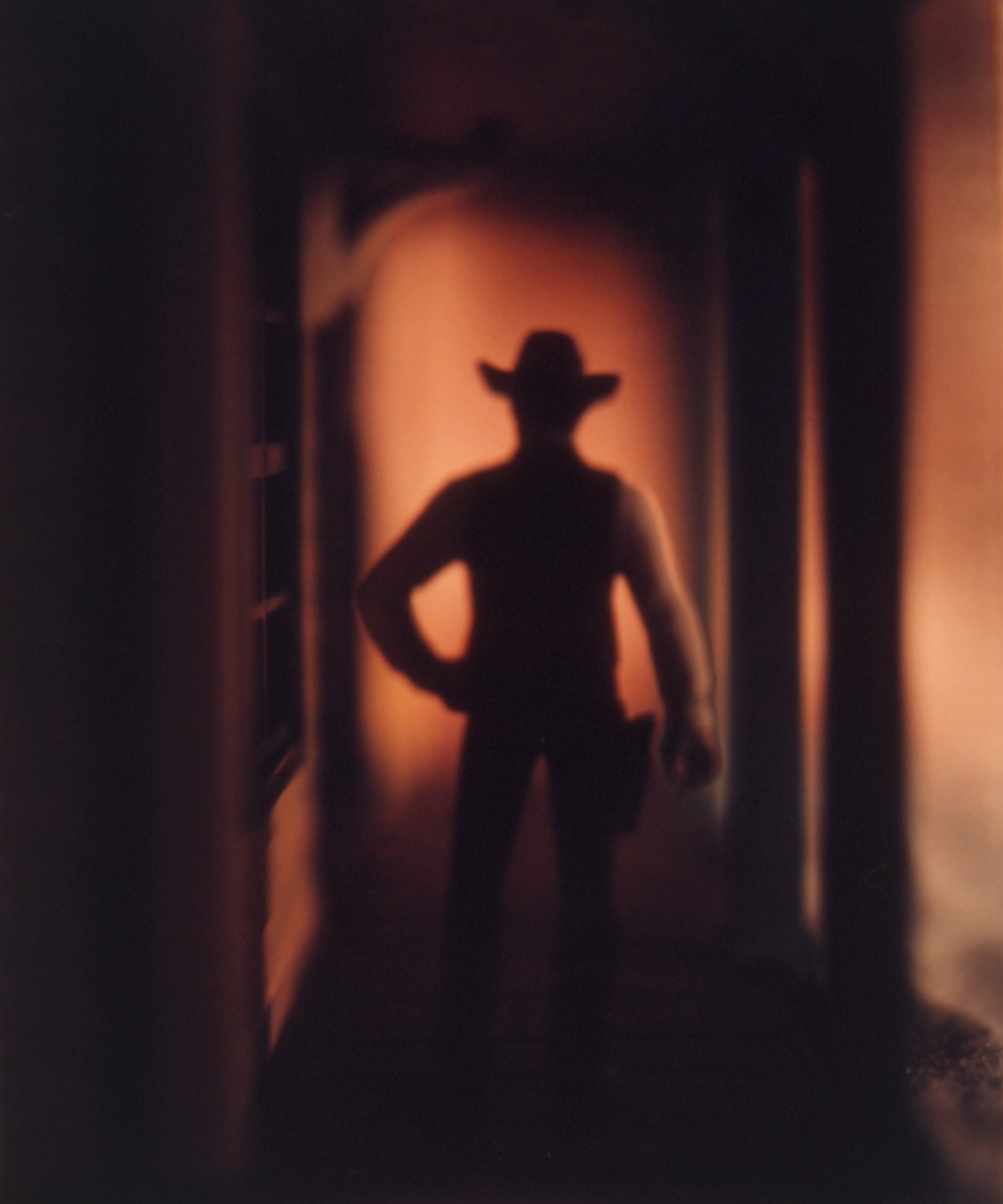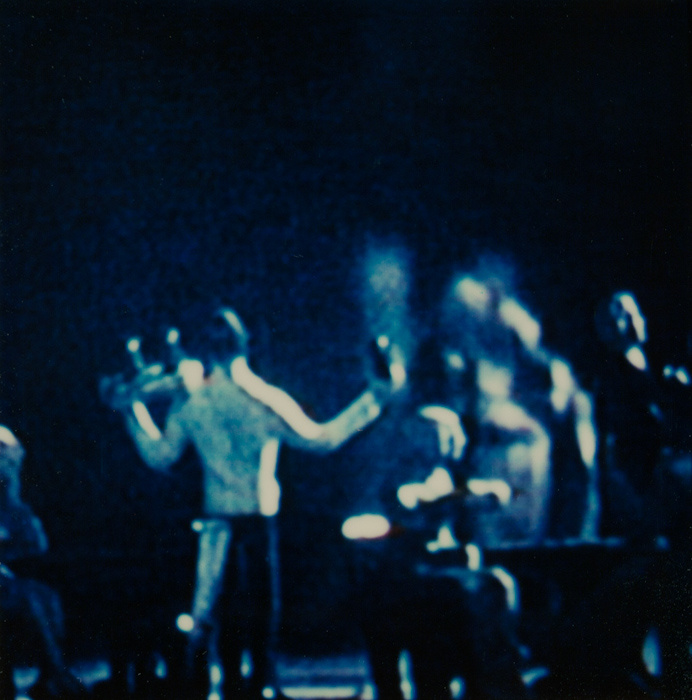Toys are intriguing, and I want to see what I can do with them. On a deeper level, they represent one way that society socializes its young.
— David Levinthal
As a child, David Levinthal staged great, imaginary battles on his bedroom floor between American G.I. action figures and German toy soldiers. Cowboys and Indians found their way into the mix as well. Levinthal grew up in the 1950s and watched a plethora of westerns on television and at the movies. When he was very young, his parents gave him a set of German-designed cowboy figures. Levinthal managed to save a figure from the set and eventually included it in his series “The Wild West” (1987 – 89). Such childhood pastimes—enacting the great wars of the world, imagining life as a cowboy out on the range, and playing secret agent James Bond—would shape the way Levinthal later approached the world through photography.
Drawn from the permanent collection of the San Jose Museum of Art, David Levinthal: MAKE BELIEVE features 39 photographs that span the career of this acclaimed and prolific photographer. A pioneering photographer of the baby-boom generation, Levinthal was in the first wave of artists who were raised with the ever-present visual language of postwar consumer culture, TV, and the mass media. Imagery appropriated from popular culture became rich creative fodder for the so-called “Pictures Generation.”
Levinthal creates uncanny tableaus for the camera by designing and constructing dioramas featuring toy figures. With his signature close-up shots and shallow depth of field, Levinthal complicates the boundaries between artifice and reality in order to question the ways in which social and cultural values are expressed through objects of play. His subjects range from the isolation of urban life, to the heroes of boyhood, to racism, to the military campaigns of World War II. Levinthal frequently focuses his lens on iconic but mythologized touchstones of American popular culture, including the Wild West, Barbie, baseball, and pornography. Since the publication of his landmark photo book Hitler Moves East in 1977, a collaboration with Garry Trudeau (his fellow student and the creator of Doonesbury), Levinthal has influenced peers such as Richard Prince, Cindy Sherman, and Sherrie Levine who similarly cast a careful eye on the images that surround and define us.
The exhibition includes twenty-eight recent acquisitions on view for the first time, which join earlier donations of Levinthal’s work also from longtime SJMA supporters Katie and Drew Gibson. Levinthal, who grew up in Palo Alto, California, worked closely with the Gibsons to build this exemplary museum archive of his work. It features the finest examples from his pivotal series and a rare set of four images from the series “Airport,” commissioned by the City and County of San Francisco Airport Commission in 1996. SJMA’s collection of works by Levinthal now rivals the holdings of the artist’s work at the Metropolitan Museum of Art, New York, and the Los Angeles County Museum of Art.
Thanks to Drew and Katie Gibson, Michael and Kathy Levinthal, Donald Rosenfeld, and David Levinthal for their generous support of the Museum’s permanent collection and of this project.
